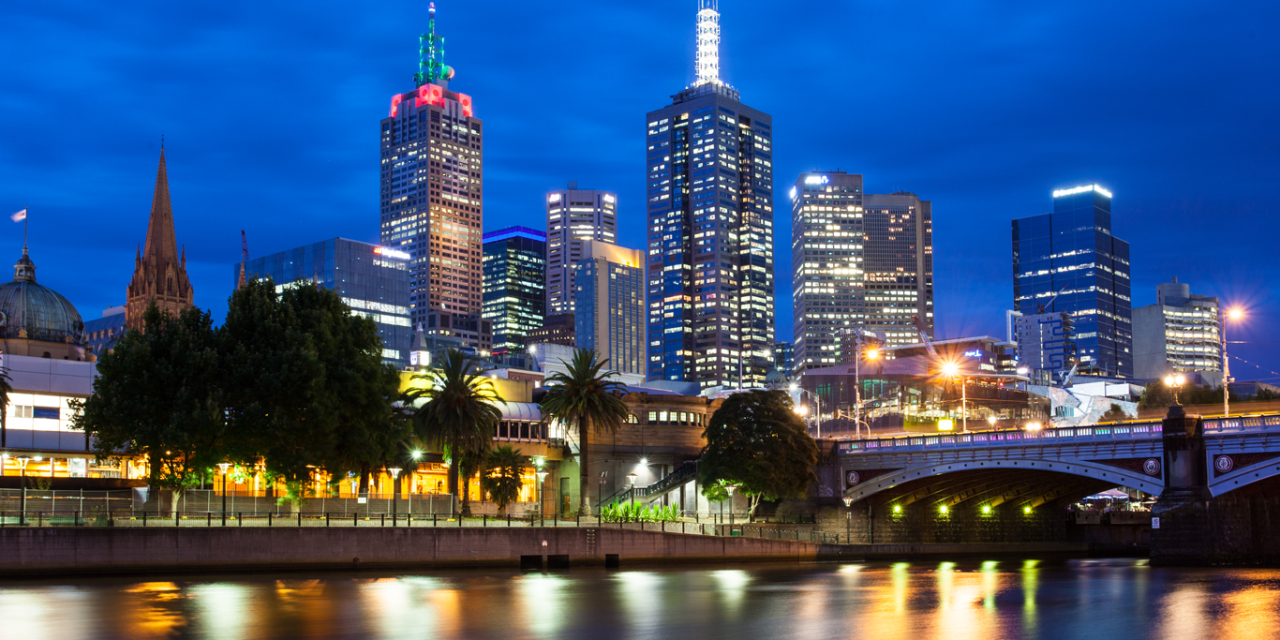Melbourne has officially become Australia’s most populous city, overtaking Sydney for the first time since the 19th-century gold rush. The latest government figures, from June 2021, show that Melbourne’s population has reached 4,875,400, which is 18,700 more than Sydney’s population. This is a significant milestone for Melbourne, as Sydney has held the title of Australia’s most populous city for over a century.
The reason for Melbourne’s population growth can be attributed to the expansion of the city’s boundaries to include the area of Melton. This move has allowed for more people to be counted as part of Melbourne’s population, as the Australian Bureau of Statistics (ABS) defines a city’s “significant urban area” by including all connecting suburbs with more than 10,000 people.
Despite the boundary change playing a significant role in Melbourne’s population growth, the city’s rapid development and expansion cannot be ignored. Melbourne has long been considered Australia’s cultural capital, with its vibrant arts scene, world-class dining, and iconic sports events. The city’s appeal has drawn many people from all over the world, making it a melting pot of cultures.
Interestingly, almost every family in Malta has a relative or family member in Australia, particularly in Sydney and Melbourne, where the Maltese community has established roots for three or four generations. Over the years, many Maltese people migrated to Australia in search of a better life, and the majority settled in these two cities. This has contributed to the rich diversity and multiculturalism that is now synonymous with Australia.
The shift in population between Melbourne and Sydney highlights the changing landscape of Australia’s major cities. While Sydney has been the economic powerhouse of the country for decades, Melbourne is now emerging as a formidable rival. With a thriving economy, a booming tech industry, and a high quality of life, Melbourne has become an attractive destination for both local and international residents.















